Egg
The life cycle of butterflies can be divided into four main stages: egg, larva, pupa, and adult. Butterflies are a unique species of insects with a complete cycle of natural transformations, since the first iteration is significantly different from the last. Each observed transition is called metamorphosis, and eggs are the first phase of insect development. They must retain their original shape and integrity, and adults usually take care of this: some species hide them in the soil, and others fill them with special glands that harden on contact with oxygen.
The result is a capsule, which often disguises itself as a surface but still has light shades. The observed duration of the egg stage is 8-15 days, but in some species, the eggs hibernate, which lasts for months (Michigan State University, n.d.). Future caterpillars are saturated with essential elements and hatch from eggs at the proper temperature and humidity. This first stage is shown in Figure 1.
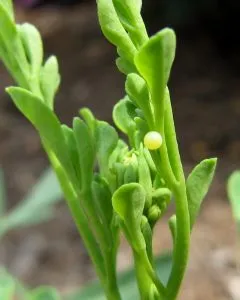
Larva
A caterpillar is a butterfly larva in the second cycle stage. It was worm-like and had a gnawing mouthpart. Immediately after birth, the main goal of the caterpillar is to provide itself with complete and intense food, which usually consists of plant fruits, leaves, flowers, or even wax. There are also larval predators; their diet includes, for example, inactive aphids. In the growth process, the caterpillar molts several times – it changes its outer shell. On average, there are 4-5 molts, but there are also species that molt up to 40 times (Joyful Butterfly, 2021).
The ending molt leads to the next stage of metamorphosis; however, in some cases, caterpillars, whose habitat halo has low temperatures, can fall into the so-called diapause – something like hibernation until the next warm season. The future butterfly was in this state for more than fourteen days before it moved on to the next stage – the pupa. This stage is shown in Figure 2.
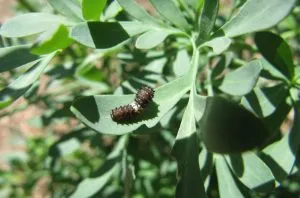
Pupa
The pupa’s body can take on various shapes and colors. An essential feature of this stage is the fact that, at this time, the butterflies do not feed on anything and are completely immobilized. The length of the pupal stage can differ; in this case, it was two weeks; however, in particular tropical species, it can be over nine months in areas with long winters (Michigan State University, n.d.). At this point, the insect’s organs undergo key changes that are distinctive for butterflies: wings and corresponding muscles appear. The view of the future butterfly at this stage is shown in Figure 3.
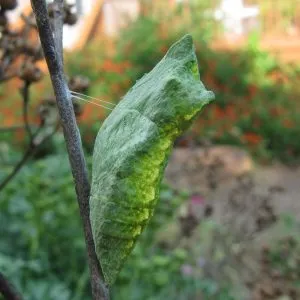
Adult
The imago appears when the pupa is destroyed, and at this moment, the insect crawls out with great effort. Immediately after the following metamorphosis, it still does not know how to fly – the wings are saturated with liquid and folded. The bug adjusted to a vertical height until it completely extended its wings during observation (Bring Butterflies Back, n.d.). In 2-3 hours, they lost their elasticity, became harder, and got the final color. An adult butterfly quickly reaches sexual maturity and is ready to breed in a few days. After performing this function, the insect continues for only a few days. The final stage of development is shown in Figure 4, and the entire life cycle of a butterfly is shown in Figure 5.
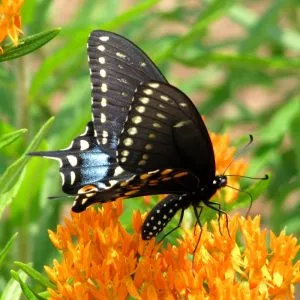
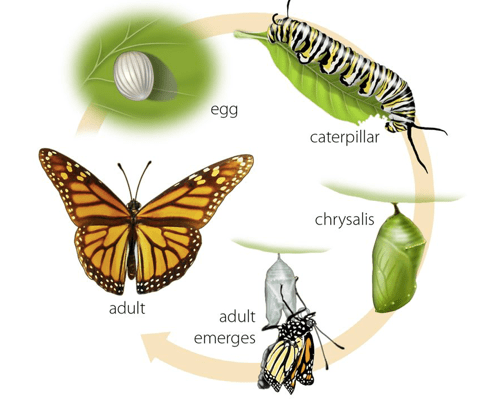
References
Bring Butterflies Back. (n.d.). Butterfly Life Cycle. Web.
Joyful Butterfly. (2021). Life Cycle of a Butterfly: Amazing!. Web.
Michigan State University. (n.d.). Butterfly Life Cycle. Web.